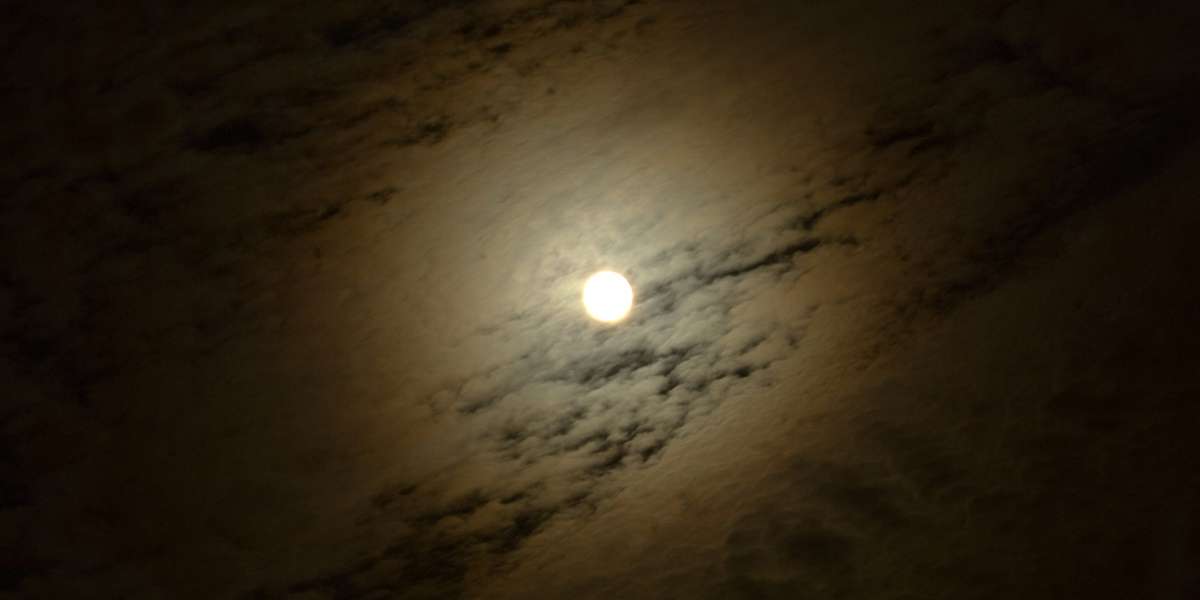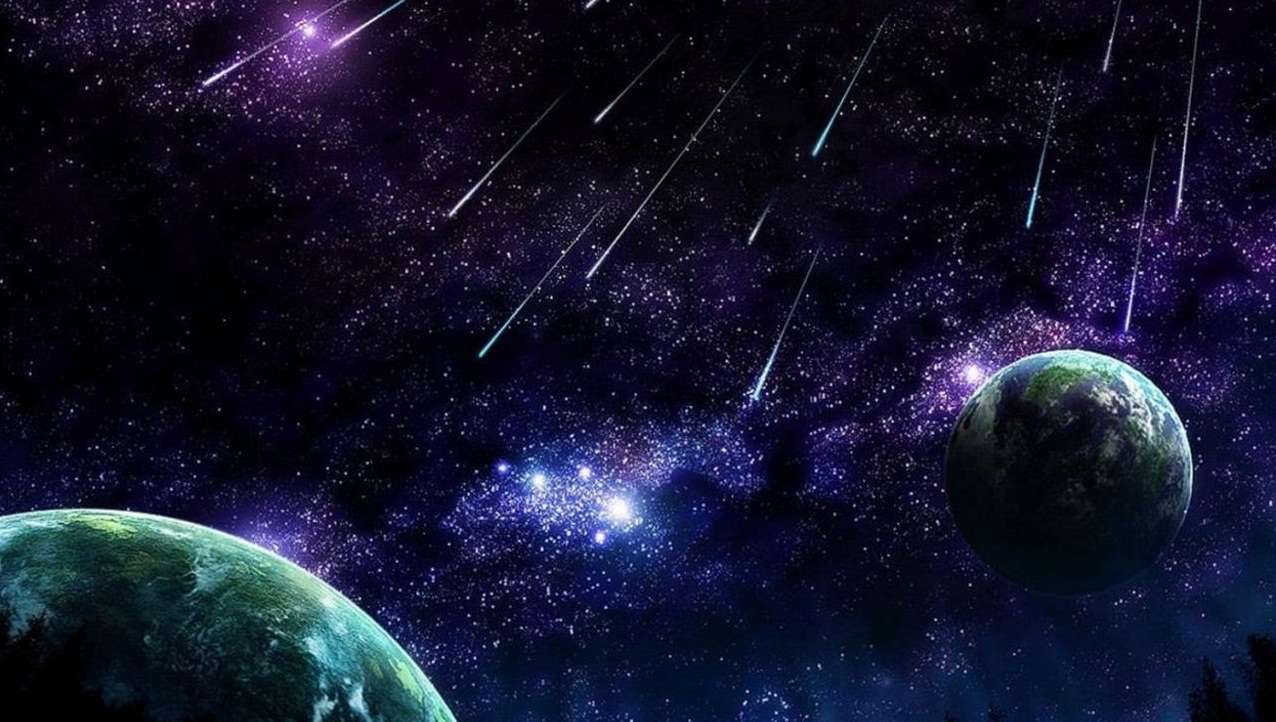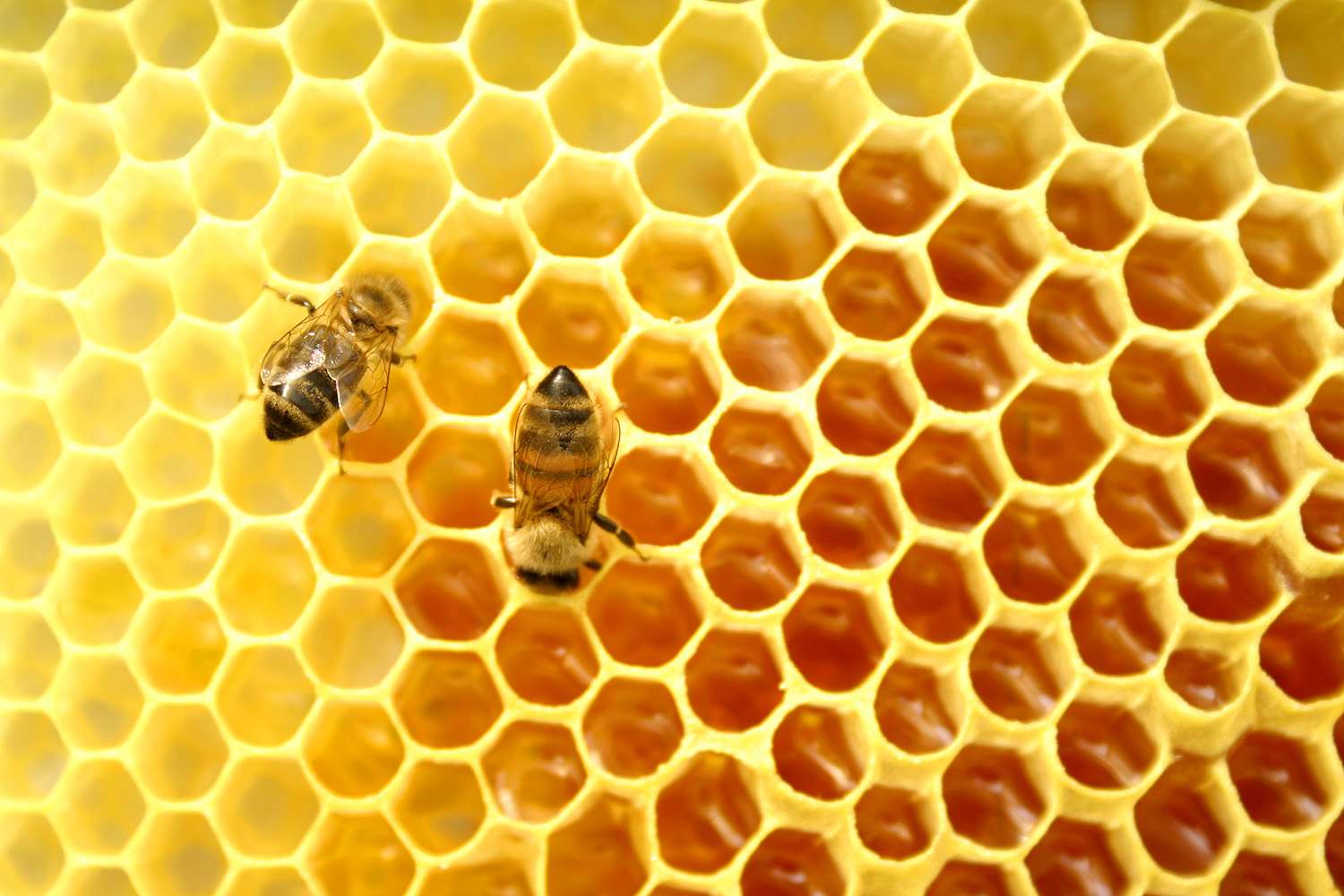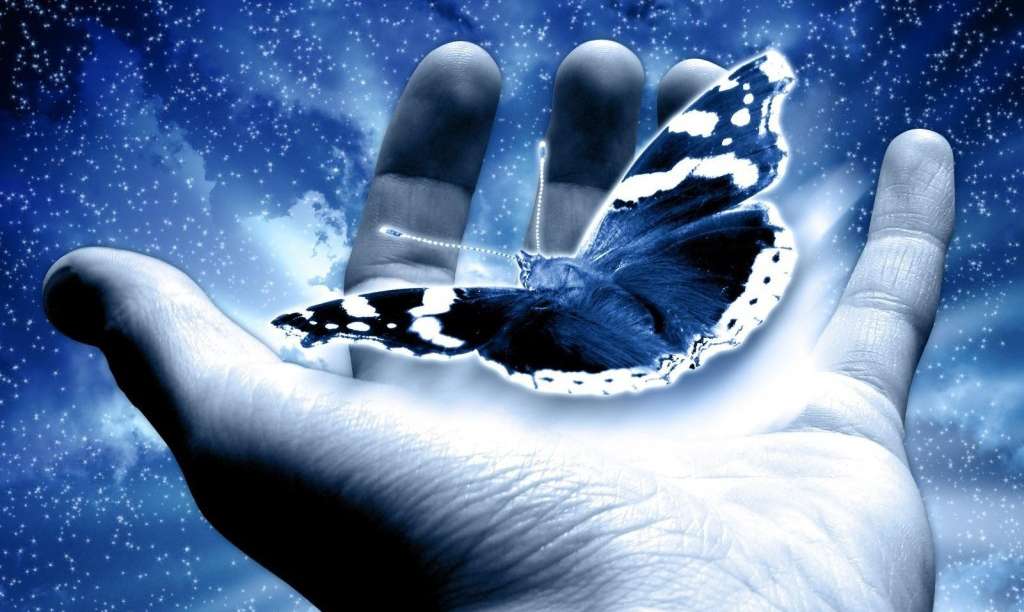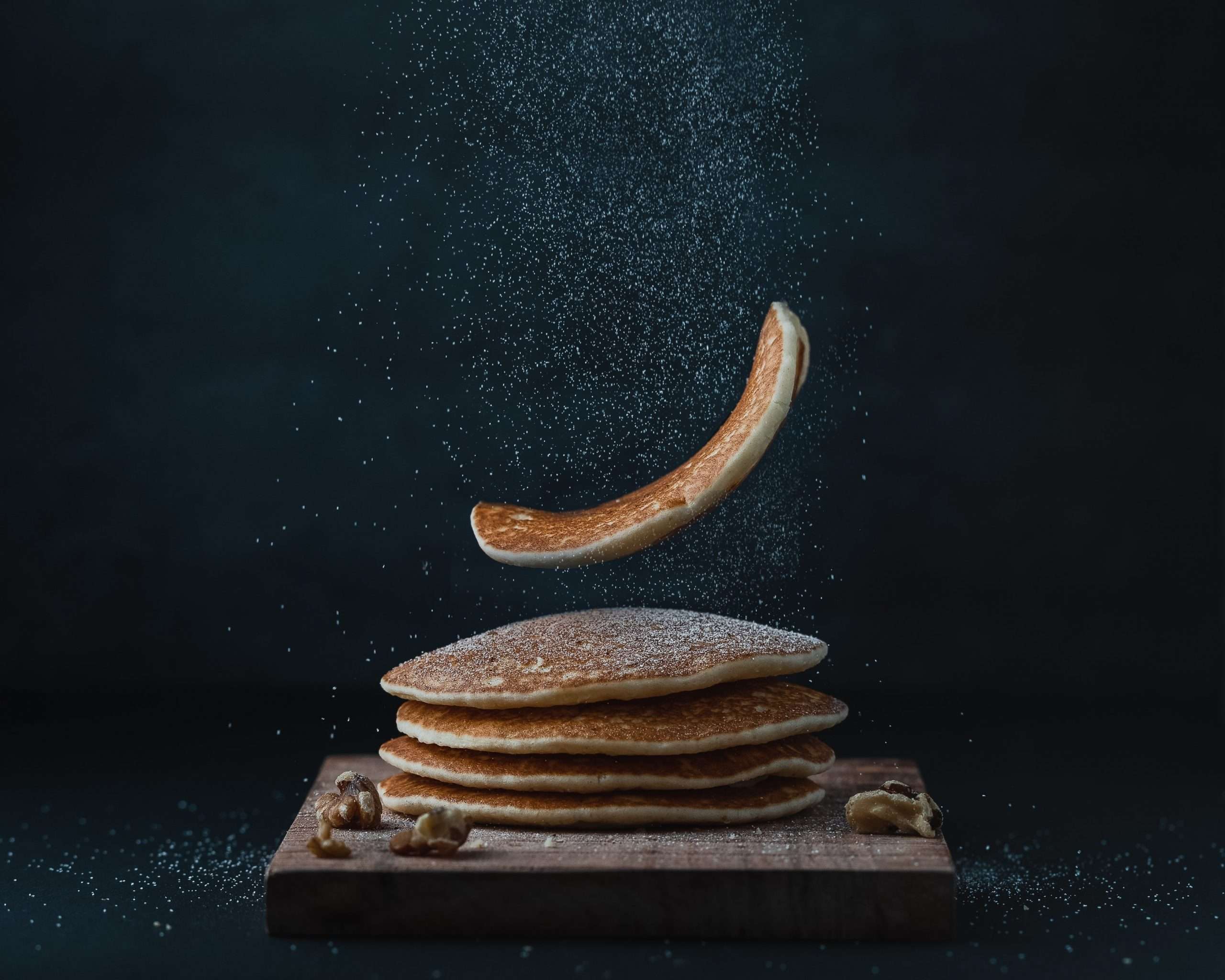In A Nutshell
Darkness is a funny thing, and we think we know what it really is . . . until we’re in a place that’s really, really dark. All kinds of things can impact darkness, from city lights to pollution to cloud cover. The Bortle Dark-Sky Scale allows observers to measure, on a scale from 1 to 9, just how dark their sky really is based on which stars you can see with the naked eye. Skies that are ranked at 1 are the darkest, with 9 being the skies with the most light pollution. Dark skies are vanishing so quickly, there are even groups started to preserve them.
The Whole Bushel
Darkness seems like it’s pretty straightforward: The Sun sets, and the sky gets dark. Sometimes the stars come out and sometimes they don’t. But it’s much more complicated than that, and there’s actually a scale that’s been developed in order to measure the different types of darkness.
The Bortle Dark-Sky Scale was created in 2001 and measures the different types of dark skies on a scale of 1 to 9. At a 1, skies are well and truly dark. While there are a lot of technical details (including what stars and constellations you can see with the naked eye), a site with a Class 1 sky is one where you can’t see the car you came in, even if it’s parked right there. At Class 2, you’re starting to see a little glow on the horizon, and even though the Milky Way might still be visible, it’s getting a little indistinct.
A Class 3 sky is the most typical of rural skies, and a 4 is what’s on the border between the darkness of a rural setting and the light of suburbia. Class 5 is the suburban sky, Class 6 is a bright suburban sky, and Class 7 is the transition from suburban areas to a city. Wrapping it up, Class 8 is the city sky at night and 9 is the inner-city sky. By the time you get to the Class 9 skies, you can’t see any of the stars or constellations at night, and even with a telescope, you’re only able to get a real glimpse of a few major bodies like the Moon.
So what’s it mean?
Dark skies—truly dark skies, like the ones that inspired great writers like Virgil and Hesiod, like the ones that hung over the sacking of Biblical cities—are disappearing. The more homes, suburbs, and cities that are built, the more light pollution there is and the brighter the night skies are getting.
Already, a vast part of the American population doesn’t get to see a truly dark night sky; just how many became clear when Hurricane Andrew hit Miami in 1992. With a city-wide blackout, people began calling local fire departments to report fires that they thought they could see on the horizon. What they were really seeing were the stars of the Milky Way, normally invisible because of the amount of light pollution over the city.
More common than dark night skies are now what’s called “false dawn”—an aura of brightness that lingers on the horizon and appears to be the sunrise but is actually the reflection of light pollution in the sky.
The International Dark-Sky Association is trying to preserve the darkest type of darkness by promoting the use of lighting fixtures that are low-glare and minimize light pollution. They’re also charting locations where visitors can see the true darkness and where astronomers can still see the stars that are all but invisible in so many places around the world.
And what’s the big deal, really? The American Medical Association has recognized light pollution as an official health risk, as increasingly bright night skies can interfere with our sleep patterns, keep us from getting a really good night’s sleep, and ultimately lead to problems like an increased vulnerability to diseases like cancer. It can also wreak havoc on wildlife, especially nocturnal animals that rely on darkness to survive.
Show Me The Proof
International Dark-Sky Association: About Fixture Seal of Approval
Frosty Drew Observatory: John Bortle’s Dark Sky Scale
International Dark-Sky Association: Dark Sky Places
Universe Today: In Search of Darkness


